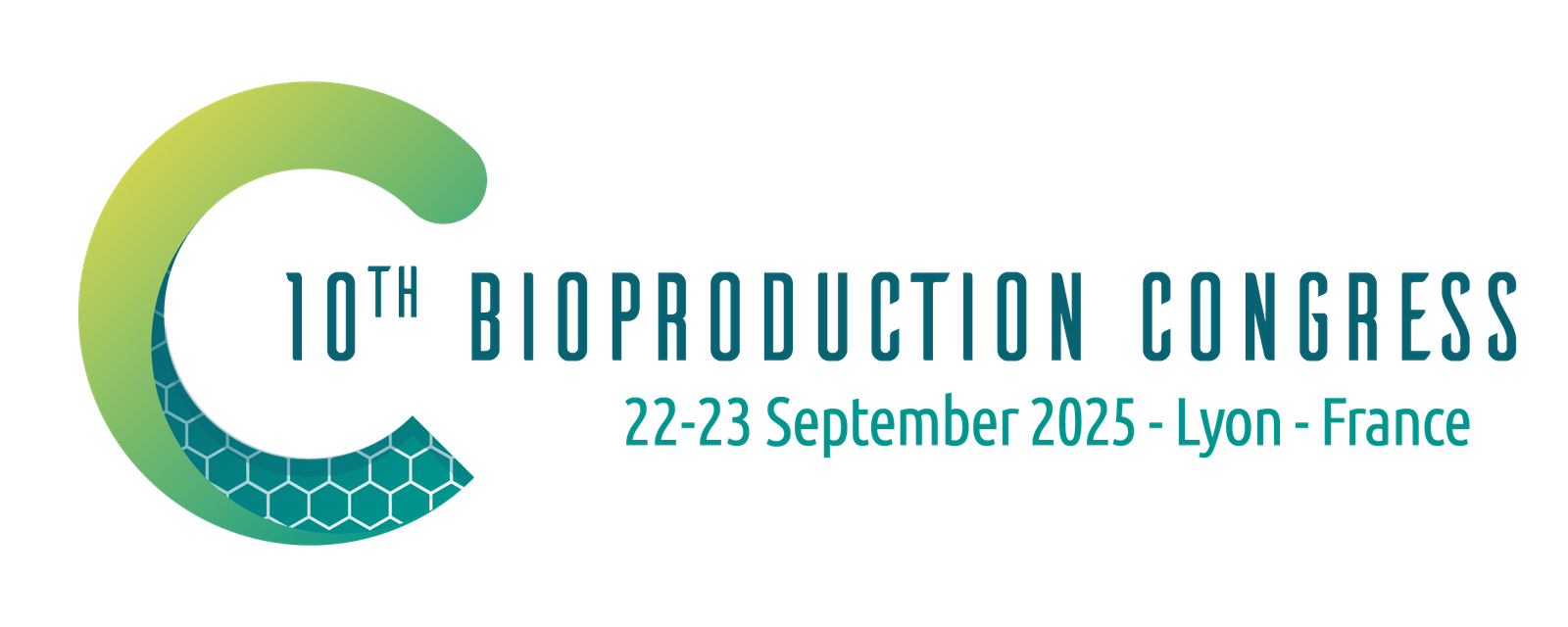AGENDA
DAY 1
Monday, 22 September 2025
08h00
Welcome Coffee & Registration
08h40
Welcome Address
08h40
Welcome Address
- Pasteur Auditorium
Chairman
08h40
Title


Fabrice PANNEKOUCKE
President
Région Auvregne-Rhône-Alpes
08h45
Title
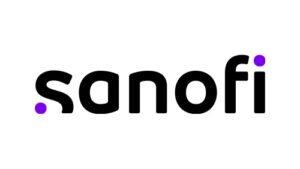

Paul BADUEL
Director Manufacturing Technology International Sites
Sanofi, France
09h00
Opening Keynote Lecture
- Pasteur Auditorium
Chairpersons : Alain Beck & Olivier Cochet
09h00
Digital Transformation and Digital Twins: Prerequisites and Potentials


Christoph HERWIG
Senior Scientific Advisor
Körber Pharma, Austria
09h30
Break
09h40
TRACK N°1
Innovations and Developability of Next-Generation Therapies - Part 1
- Pasteur Auditorium
Chairpersons : Alain Beck & Olivier Cochet
09h40
Antibody Drug Conjugates : Panorama, perspectives and manufacturing challenges
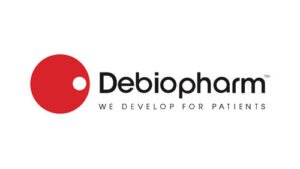

Olivier COCHET
Head of Pharmaceutical Development
Debiopharm, Switzerland
10h00
Bioconjugate Development & Manufacture: Process, Supply Chain and CDMO Strategies
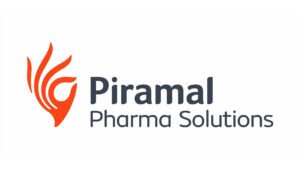

Conor BARRY
Global Head of Biologics Development - Associate VP
Piramal Pharma Ltd, UK
10h30
Antibody Drug Conjugates Manufacturing: Characterization and Quality Control Strategies
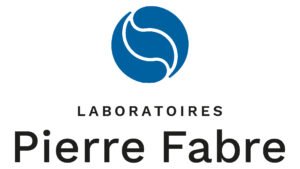

Alain BECK
Senior Director, Biologics CMC and Developability
Pierre Fabre Laboratories, France
10h50
Accelerating Development of Antibody-Drug Conjugates: Innovation Pathways and Manufacturing Challenges


Eric LACOSTE
Global Head of BioProcess Engineering, Mammalian Platform, Global CMC Development
Sanofi, France
11h10
Isolation of single monoclonal HEK293 cells grown in suspension for Regulatory submission compliance
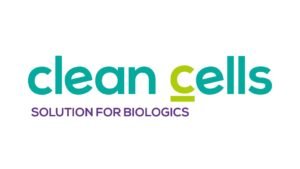

Alexis ROSSIGNOL
Senior Project Manager
Clean Cells, France
11h20
Case studies with Vibro ® Membrane Filtration: mRNA & precipitated mAbs purification, process intensification
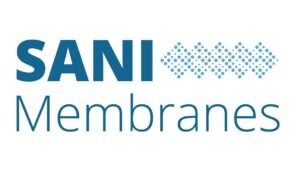
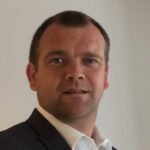
Jarno ROBIN
Pharma Business Development Director
SANI Membranes, Denmark
11h30
Analytical Testing in ADC Development: From Cell Bank Characterization to Market Approval


Philippe GRIMM
Business Development Director
SGS, France


Luc-Alain SAVOY
Global Head of Biologics
SGS, France
11h40
Innovating metrology: Zero-waste calibration of bioprocessing vessels
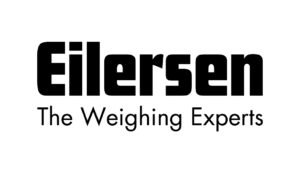

Mads FEJERSKOV AAKJÆR
Sales Manager
Eilersen Electric Digital Systems A/S, Denmark
TRACK N°2
Advances in Analytical Processes
- St Clair Auditorium
Chairpersons: Cyrille Chery & Arnaud Delobel
09h40
Leveraging Cell & Gene Therapy products bioprocess understanding: the bioanalytics road to quality


Rute CASTRO
Senior Research Associate
iBET, Portugal
10h00
Faster time to analytical results


Diego BERTACCINI
Analytical Development and Innovation Laboratory Manager
Merck Group, Switzerland
10h30
Advancing the Characterization of Antibody CQAs: Integrated Techniques combining Mass Spectrometric Characterization with Bioactivity Assessment
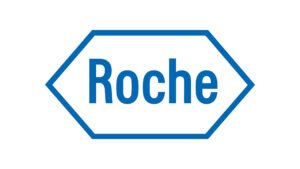

Markus HABERGER
Group Leader, Development Characterization Analytics
Roche, Germany
10h50
A biophysical perspective for the characterisation of GT products in CMC
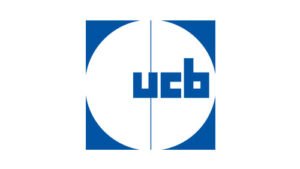

Michel DEGUELDRE
Lead GT Biophysical Sciences
UCB Pharma, Belgium
11h10
Advancing In-Process Characterisation of Antibodies and Bispecifics Using Heartcutting 2D-LC/MS
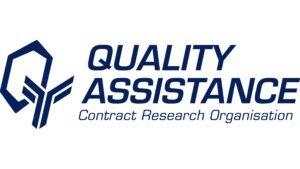

Arnaud DELOBEL
R&D Director Strategy & Innovation
Quality Assistance, Belgium
11h20
Quality by Design and Process Analytical Technology Implementation is a Team Effort
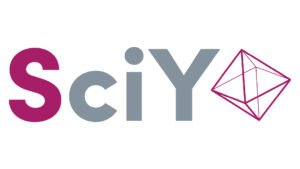

Michael SACHPEKIDIS
Global Account Director
SciY, UK
11h30
Next-Generation Sequencing: The Smarter Path to Bulk Harvest Release Testing


Florence SUAVET
Global Head of Development & Validation
PathoQuest, France
11h40
Leveraging deployable Process Analytical Technology (PAT) solutions for data driven process intensification through continuous monitoring and control of upstream bioprocesses


Jérémie BARBAU
Senior Application Scientist
Repligen Corporation, Belgium
12h00
Lunch Break at the Exhibition Hall - B2B Meetings
14h00
Workshops
- Pasteur Auditorium
Chairman
10h00
Titre de la présentation
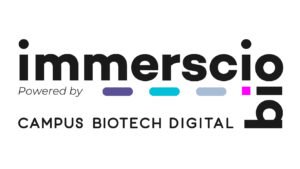
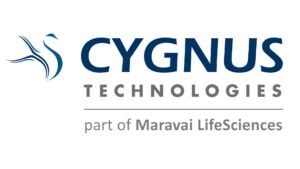


15h30
Coffee Break at the Exhibition Hall - B2B Meetings
15h40
TRACK N°1
Innovations and Developability of Next-Generation Therapies - Part 2
- Pasteur Auditorium
Chairpersons: Guillaume Rousseau & Roland Beliard
15h40
Designing CMC activities to pave the road to commercial readiness at a biotech startup


Cécile BONVOISIN
SVP, CMC and Manufacturing
Hemab Therapeutics, France
16h00
Toward the development of a cellular and gene IMMUNOtheray Platform ARTEMIS (Applications et Recherche en Tissus, cEllules et Médicaments InnovantS)
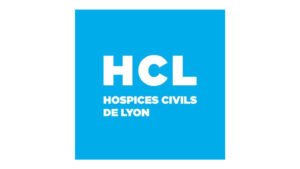

Sébastien VIEL
Prof. en Immunologie, PU-PH - Plateforme ARTEMIS
Hospices Civils de Lyon (HCL), France

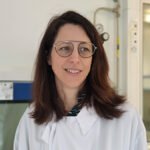
Céline AUXENFANS
PharmD - Plateforme ARTEMIS
Hospices Civils de Lyon (HCL), France
16h30
Affinity chromatography modelling to leverage multicolumn chromatography development


Alan DEDUYER
DSP Scientific Manager
Sanofi, France
10h30
Titre de la présentation
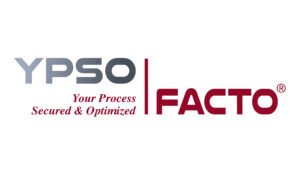

Lucrèce NICOUD
co-CEO
Ypso-Facto, France
16h50
Bioproduction of spheroids, tumoroids, organ-on-chip and organoids: semantic and technological issues
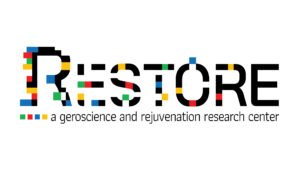

Louis CASTEILLA
Assistant Manager OBBI Integrator & PI of GOT-IT team in RESTORE Institute
University of Toulouse, France
17h10
Explore IDT's CRISPR-Cas9 solutions for precision editing’
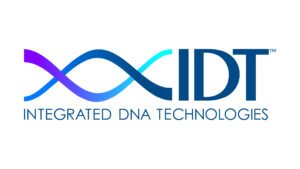

Abdelilah MEKHLOUFI
EMEA Field Application Scientist for CRISPR and Functional Genomics
Integrated DNA Technologies, France
17h20
Next evolution of analytics: how ddPCR leads the way for improved process development
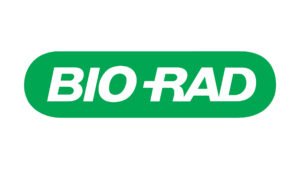

Caroline WEYDERT
EMEA Bipoharma Specialist Genomics
Bio-Rad, Belgium
TRACK N°3
Sustainable Supply Chains: Building Resilience Through Innovation
- St Clair Auditorium
Chairpersons: Miliza Diab & John Churchwell
15h40
Supply Chain and Sustainability: A Strategic Alliance for the Future
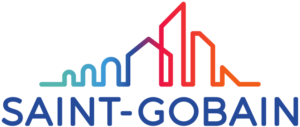

Jie CAO
Global Supply Planner
Saint-Gobain Life Sciences, France
16h00
Towards Sustainable Biomanufacturing via Single-Use Technologies


Magali BARBAROUX
Corporate Research Fellow
Sartorius, France


Philippe THOMAS
DSP BioProcess Expert
Sanofi, France
16h30
Smart Process Decisions: Integrating Modelling Tool for CO2e Reduction in Facility Planning
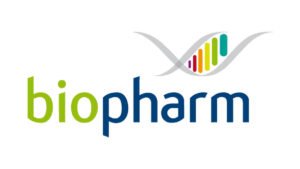

Yuki ABE
Director of Sales and Marketing
Biopharm Services, UK
16h50
Rapid access to flexible manufacturing platforms and facilities


Renaud BALSSE
Enterprise Solutions Business Development Manager
Cytiva, France
16h00
Workshop
- Pasteur Auditorium
Chairman
10h00
Titre de la présentation
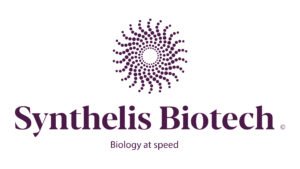
17h30
Break
17h40
Round Table - Canadian Delegation
- Pasteur Auditorium
17h40
How can innovation in technology and digitalisation accelerate and de-risk biomanufacturing?
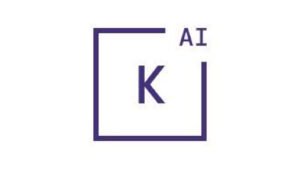

Reza FARAHANI
Founder and CEO
Katalyze AI, Canada
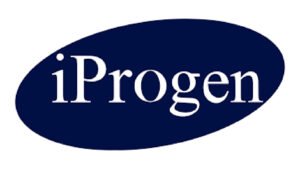

Nigel McNABB
VP of Corporate Development
Iprogen Biotech, Canada
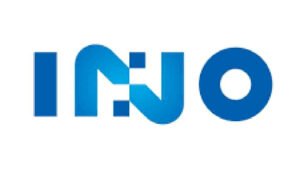

Robert BROWN
Technical Director of Business Development
BioMedTech. INO, Canada
18h00
Bioproduction Partnerships: What Collaborations Are Essential to Bring Innovative Therapies to Clinical and Industrial Scale?
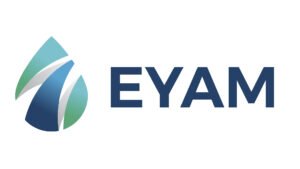

Pamela HOUSH
Senior Director of Business Development
Eyam Health, Canada
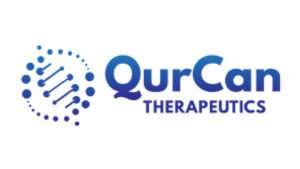

Mohammad ALI AMINI
CEO
Qurcan, Canada
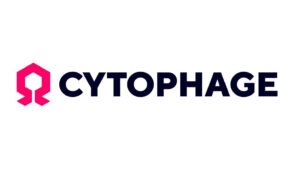
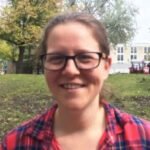
Tasia LIGHTLY
Scientific Director for Development and Production
Cytophage, Canada
Moderated by
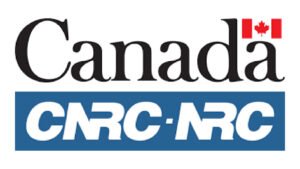

Alexandre SERRANO
Business Development Officer
National Research Council Canada - Human Health Therapeutics
Supported by

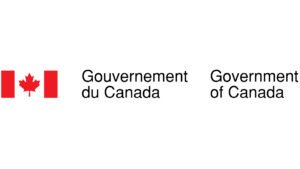
18h20
Closing Address
- Pasteur Auditorium
18h20
Title


Raymond LE MOIGN
CEO
Hospices Civils de Lyon (HCL), France
18h30
Poster Session at the Exhibition Hall - Wine & Cheese
20h30
End of Day 1
DAY 2
Tuesday, 23 September 2025
08h00
Welcome Coffee
08h30
Breakthrough Innovations in Bioprocessing
- Pasteur Auditorium
Chairman
In partnership with
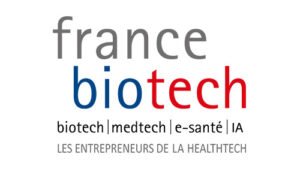
08h30
Acoustic Separation Enables High-Quality Bioprocessing for Cell Therapy Manufacturing


Agnes MICHANEK
Commercial Director
Acousort, Sweden
08h40
AzureCell: Unlocking Regenerative Cell Therapy to Reverse Neurodegeneration
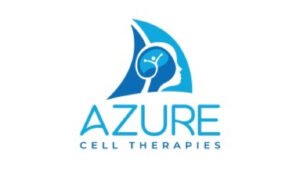

Bilal FARES
CEO
AzureCell, Switzerland
08h50
Advanced Suspension Exosome Production: dual integrated device for real-time exosomes monitoring
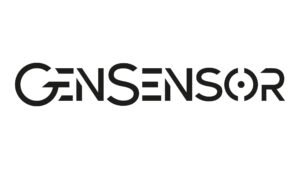

Florentin HUGUET
BioAnalytic and Application Engineer
GenSensor, France
09h00
On-chip optical multi-sensing platform for in-line and single-use bioprocess monitoring
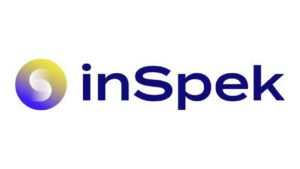

Tifenn NAOUR
Chief of Staff
inSpek Solutions, France
09h10
Integrated High-Throughput Protein Expression Platform combining cell-free and bioluminescence technologies with AI
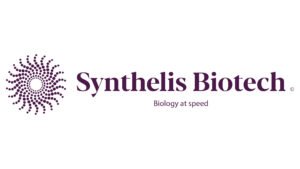

Youssef ABDELAZIZ
R&D Scientist
Synthelis Biotech, France
09h20
5x to 7x yields boost in mammalian cells, with the first multifunctional RNA polymerase
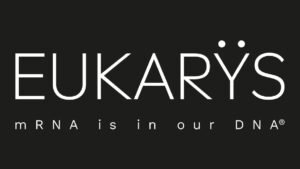

Guillaume PRUNIER
CEO
Eukarÿs, France
09h30
Round Table - ATMPs: Roadmap to commercialization - How to overcome challenges to be successful?
- Pasteur Auditorium
In partnership with

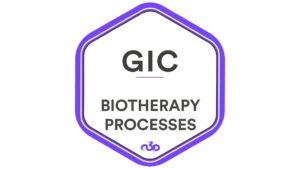


Christine LE BEC
Deputy CTO, Head of Analytical Development & QC
Sensorion, France
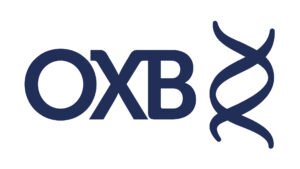

Guillaume SIRGUE
Director Technical Excellence
Oxford Biomedica, France


Sophie MICHEL
Consultant
SMichel Consulting, France
Moderated by


Emmanuelle CAMEAU
Scientific Director
Cytiva, France
10h10
Update on Technical Guide v2: How to switch from industrialisation to commercial production of Biotherapy product
- Pasteur Auditorium
Chairman
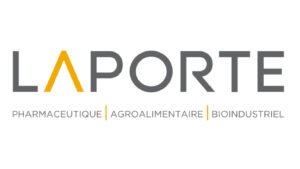

Olivier NERRIERE
Chargé d'affaires Process Biotech & Laboratoires
Laporte Euro, France
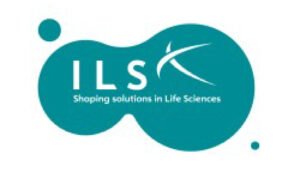

Peggy SANDER
Consultant Senior, Pharma Biotech Process expert, Project Manager
Ingérop Life Sciences, France
10h30
Coffee Break at the Exhibition Hall - B2B Meetings
11h00
TRACK N°5
Round Table - Challenges ahead of the French and European CDMO Landscape
- Pasteur Auditorium
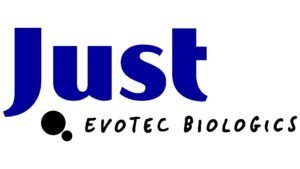

Christophe MARTIN
Senior Director Business Development Europe
Just Evotec, France
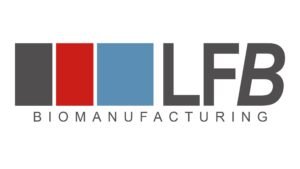

David BALBUENA
Director of Business Development
LFB Biomanufacturing, France
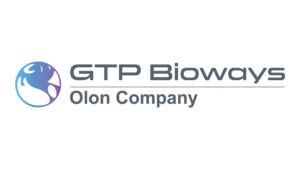

Jérôme BEDIER
CEO
Olon, France
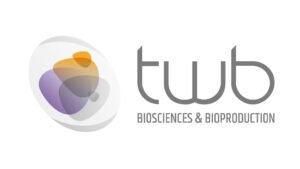

Fayza DABOUSSI
Scientific Director
Toulouse White Biotechnology (TWB), France
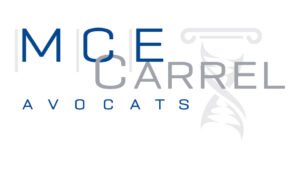

Mathilde SALAVIN
Partner
MCE Carrel, France
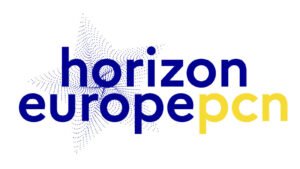

Vania ROSAS
National Contact Point
Horizon Europe, France
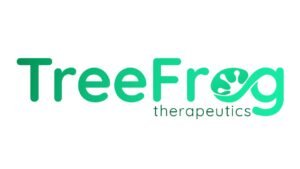

Michael LANERO FIDALGO
Chief Operating Officer
TreeFrog Therapeutics, France
TRACK N°4
Digital Transformation of the Manufacturing Industry
- St Clair Auditorium
Chairman
11h00
Innovative Digital Strategies for Next-Gen Biomanufacturing


Arnaud FERRARO
MSAT Technical Steward USP
Novartis, France
11h20
Digital Transformation in Biopharmaceutical Manufacturing : Shaping the Future of Production


Manuel CANTERO
Bioprocess Application Specialist
Securecell AG, Switzerland


Lydia SAINT CRISTAU
Data Scientist
Sanofi, France

Eric BARDOUX
Program Manager at Digital/R&D
Sanofi, France
11h40
COVID-19 Pandemic: Accelerating Digital Technologies in Vaccine Development


Sabine LECLERCQ
Senior VP, global Technical R&D
GSK Vaccines, Belgium
12h00
Prevention or correction: where is the right balance for Environmental Monitoring?
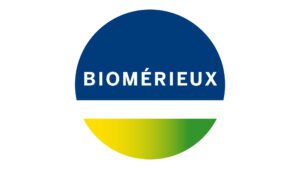

Florian MORILLON
Global Solution Manager, Pharma Quality Control
bioMérieux, France
12h20
Lunch Break at the Exhibition Hall - B2B Meetings
13h00
Round Table - S’entourer pour réussir : comment bien choisir son consultant ?
- in French
- St Clair Room 4
Chairman
14h20
Title
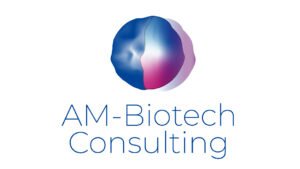

Marielle ANGER-LEROY
CMC Expert in Biotechnology
AM-Biotech Consulting, France


Alexandre FONTAYNE
Expert & Founder
BE4S, France
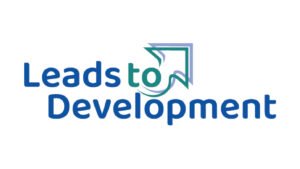

Leila LAREDJ
Principal Project Manager and Head of Production in Preclinical Drug Development
Leads To Development, France


Miriam MONGE
Marketing Director
Sartorius Stedim Biotech, France
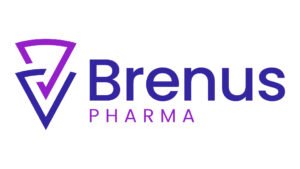

Benoit PINTEUR
Chief Scientific Officer
Brenus Pharma, France


Christophe FOURNIER
Platform Head GMP Facilities, Utilities & Equipment
Sanofi, France
Moderated by


Clara ESNAULT
Training Manager
MabDesign, France
14h20
TRACK N°7
Towards Operational Excellence Through Regulatory Mastery and Robust Quality Control
- Pasteur Auditorium
Chairperson: Hervé Broly
14h20
Two Roads, One Goal: Harmonising Charge Variants Evaluation by icIEF in mAbs QC Context
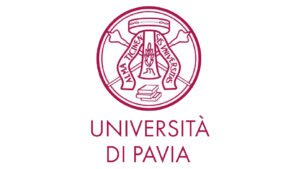
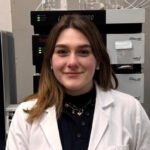
Virginia GHIZZANI
PhD Student
University of Pavia and the CNCF (Istituto Superiore di Sanità)
14h40
The Evolving Role of Analytics and Pharmacopeial Innovation in Biosimilar Development
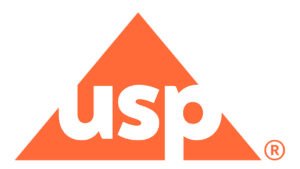

Kevin CARRICK
Senior Director, Science and Standards, Biologics
United States Pharmacopeia (USP)
15h00
Control Strategies in Perfusion Processes: Leveraging Small Scales activities


Marjorie DESMURS-ROUSSEAU
Senior Scientist in USP Process Development
Merck Group, Switzerland
15h20
CMC Impact of EMA’s Proposed Tailored Clinical Approach to Biosimilar Development
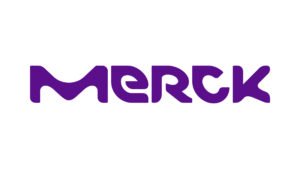

Hervé BROLY
ex-VP Biotech Process Development
ex-Merck Serono, Switzerland
15h40
Institutional Phage Production: Navigating Technical and Regulatory Challenges


Fabrice PIROT
PU-PH (UCBL-HCL), National Corresponding Member of the National Academy of Pharmacy, Member of the EDQM and of the French Pharmacopoeia Committee. FRIPHARM Coordinator, UMR 5305
Hospices Civils de Lyon (HCL), France

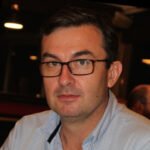
Frédéric LAURENT
PU-PH, Institute for Infectious Agents, Head of the microbiology department, ISPB Lyon - Hospices Civils de Lyon, National Corresponding Member of the National Academy of Pharmacy
Hospices Civils de Lyon (HCL), France
TRACK N°6
How Facility Design and Automation support adaptation to new Paradigms
- St Clair Auditorium
Chairman
14h20
To be announced


Jonathan SOUQUET
VP, Head of Global Drug Substance Development
Merck KGaA, Switzerland
14h40
Digital Twins and Virtual Reality in Bioprocess Development: Enhancing Laboratory Operations and Training
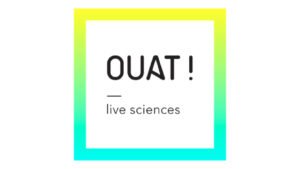
Emilie PINARD
Product owner
OUAT! Live Science, Belgium


Corinne BRESSON
Unit Head in Vaccine Drug Substance Development
Sanofi, France
15h00
Sovereign and Automated Bioproduction: From Cleanrooms to the Factories of the Future
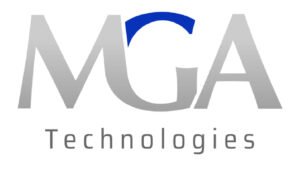

Stéphane BUTTIN
Managing Director for Business and Marketing
Maison MGA, France
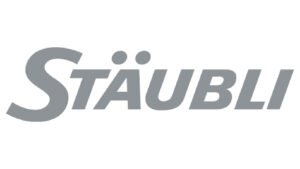
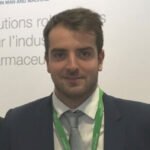
Cyril DEMOLIS
Commercial Pharma France
Stäubli, France
16h00
Closing Keynote Lecture
- Pasteur Auditorium
Chairman
16h00
Law enforcement’s role in biosecurity
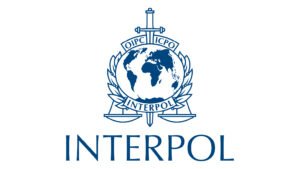

Fanny EWANN
Specialized Officer, Bioterrorism Prevention Unit
INTERPOL, France
17h00
